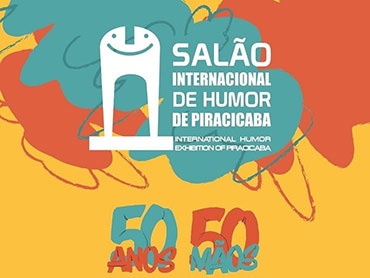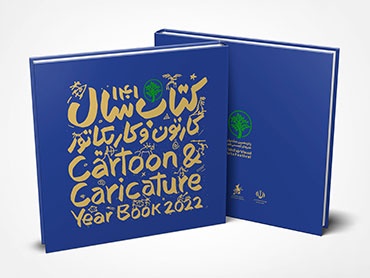
Visual Language in the Latin American Digital Age
Symbols That Build Digital Identities
In the contemporary digital ecosystem, where information fiercely competes for attention, visual symbols have become an essential tool for capturing attention and conveying messages in seconds. In Latin America, this trend takes on a unique dimension: graphic elements not only represent brands, but also channel stories, traditions, and collective aspirations.
Colors, icons, and characters are strategically used to activate cultural memories, foster instant recognition, and generate deep emotional bonds. From startups to large digital platforms, everyone competes by the same rules: to be visually memorable, coherent, and culturally resonant.
Purposeful Design: Beyond Aesthetics
The rise of digital graphic design is not just about aesthetics. Every element—a font, an animated character, a mythical figure—is part of a larger narrative. In the Latin American context, this purposeful design finds inspiration in ancestral symbols, local fauna, folk art, and idiomatic expressions that, when used well, reinforce authenticity and proximity with audiences.
Companies operating in digital sectors, such as media, entertainment, or technology, have adopted a more strategic approach to visual language, using resources that connect with their audiences' sensibilities. The goal is no longer just to be seen, but to be remembered.
Visuals as a Generational Bridge
In a region with marked age diversity, visual language has established itself as a bridge between generations. New visual narratives must be able to engage both with young digital natives and with adults who have adapted to the technological environment.
Emojis, personalized illustrations, vibrant color palettes, and dynamic animations help keep that connection alive. Platforms like TikTok and Instagram have driven this trend, forcing content creators to develop a visual aesthetic that is agile, emotionally suggestive, and culturally specific. Evolving Symbolic Narratives
Visual language in Latin America is not static. It constantly evolves in line with social, political, and cultural changes. Icons that once represented the popular are now redefined; images that were once marginal are becoming central. This dynamism poses challenges, but also opens up opportunities for graphic innovation.
An interesting example of this phenomenon is the inclusion of playful visual elements in digital products and campaigns. Eye-catching titles, cartoonish characters, and stylized graphic universes capture attention, particularly among young audiences.
Visual Gamification and the Attention Economy
Within the framework of gamification, visual representations play a fundamental role. Many platforms have integrated video game-inspired mechanics to increase user engagement. This approach not only keeps audiences on the interface longer, but also heightens the emotional perception of the experience.
A striking example is the use of visual elements similar to those of Fortune Mouse Parimatch, whose colorful character design and cartoonish graphic style manage to communicate dynamism, friendliness, and a sense of reward, without the need for explanatory text. This type of visuality demonstrates that good representation can convey a complex message immediately.
The Future of Visual Design in the Region
As audiences become more visually literate and demanding, Latin American graphic design is forced to become more contextual, more participatory, and, above all, more authentic. It is no longer enough to adopt global aesthetics: success lies in integrating unique languages, local codes, and genuine visual voices.
Creative teams must understand not only international trends but also the cultural nuances of their audiences. This entails listening, observing, and interpreting, not from a generic perspective, but from a deeply localized perspective.
A Language That Transcends Words
In a continent where multiple accents, dialects, and realities coexist, visual language emerges as a powerful form of transversal communication. Images allow messages to be unified and democratize access to information without relying on literal meaning.
This symbolic power of visual design will continue to be a strategic axis for any digital initiative in Latin America. It's not just a matter of aesthetics, but of identity, connection, and collective meaning.
Source
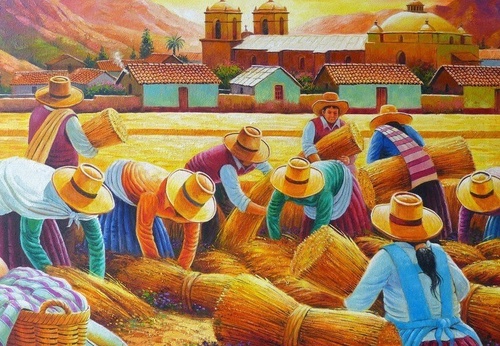
- December 13, 2025
Visual Art in Peru: Ancestral Tradition and Contemporary Creation
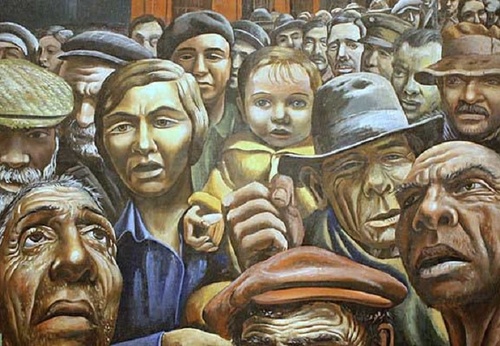
- December 13, 2025
Visual Art in Argentina: Identity, Memory, and Experimentation
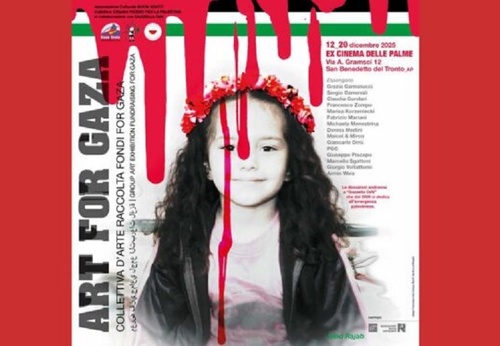
- December 13, 2025
Art for Gaza

- December 13, 2025
end

- December 13, 2025
PirateXXI Trump in his pirate version. XXI

- December 13, 2025
Lalo de Almeida - Brazil
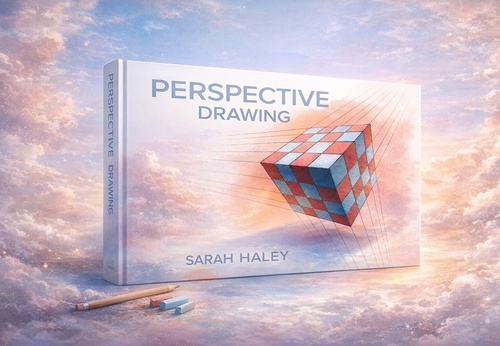
- December 12, 2025
Perspective Drawing | Sarah Haley
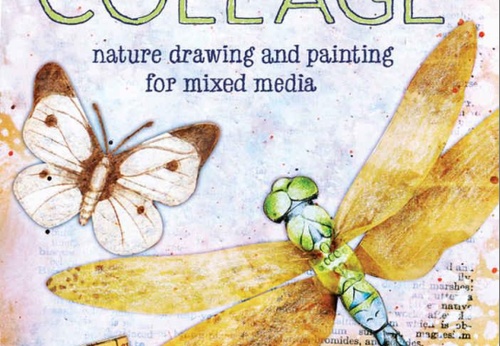

- December 11, 2025
AtEdge | Spring 2024

- December 13, 2025
Visual Art in Peru: Ancestral Tradition…

- December 13, 2025
Visual Art in Argentina: Identity, Memo…

- December 11, 2025
The Visual Arts in Mexico: Between Myth…

- December 11, 2025
Visual Arts in Argentina: A River of Id…

- December 10, 2025
The Power of Graffiti in Mexico: Identi…

- December 10, 2025
Pioneering Women of Latin American Art:…

- December 09, 2025
Mexican Muralism and Its Continental Im…

- December 08, 2025
Indigenous and Afro-descendant Art in t…

- December 08, 2025
Current Trends in Latin American Art at…

- December 07, 2025
The Role of Conceptual Art in Brazil, C…

- December 06, 2025
New Media: Video Art and Digital Art in…

- December 04, 2025
NFTs and Emerging Latin American Artists

- December 03, 2025
Reinterpreting the Work of Fernando Bot…

- December 03, 2025
Alejandro Obregón and the Consolidation…

- December 02, 2025
Hélio Oiticica and the Legacy of Brazil…

- December 02, 2025
The Relevance of Tarsila do Amaral in B…

- December 01, 2025
How Art Auctions Work in Latin America

- December 01, 2025
The Growth of Young Collectors in the R…

- November 30, 2025
Record-Breaking Latin American Works at…

- November 30, 2025
Emerging Galleries Transforming the Lat…

- August 29, 2023
The history of Bolivian art

- February 19, 2024
Analysis and meaning of Van Gogh's Star…

- January 28, 2024
Culture and Art in Argentina

- September 25, 2023
What is the importance of art in human …

- September 23, 2023
What is paint?

- August 23, 2023
The 11 types of art and their meanings

- August 10, 2023
14 questions and answers about the art …

- September 23, 2023
Painting characteristics

- August 30, 2023
First artistic manifestations

- January 12, 2024
10 most beautiful statues and sculpture…

- September 23, 2023
History of painting

- March 26, 2024
The importance of technology in art1

- July 13, 2024
The impact of artificial intelligence o…

- March 26, 2024
Cultural identity and its impact on art…

- April 02, 2024
History visual arts in Brazil

- August 16, 2023
The 15 greatest painters in art history

- April 06, 2024
History of visual arts in Ecuador

- October 18, 2023
History of sculpture

- November 21, 2024
The Role of Visual Arts in Society

- August 24, 2023
The most famous image of Ernesto "Che" …

- February 19, 2024
Analysis and meaning of Van Gogh's Star…

- August 13, 2023
9 Latino painters and their great contr…

- August 23, 2023
The 11 types of art and their meanings

- August 10, 2023
14 questions and answers about the art …

- August 27, 2023
15 main works of Van Gogh

- August 29, 2023
The history of Bolivian art

- January 28, 2024
Culture and Art in Argentina

- November 06, 2023
5 Latin American artists and their works

- September 23, 2023
Painting characteristics

- September 23, 2023
What is paint?

- September 25, 2023
What is the importance of art in human …

- March 26, 2024
Cultural identity and its impact on art…

- August 30, 2023
First artistic manifestations

- December 18, 2023
10 iconic works by Oscar Niemeyer, geni…

- January 20, 2024
What is the relationship between art an…

- January 12, 2024
10 most beautiful statues and sculpture…

- August 24, 2023
The most famous image of Ernesto "Che" …

- October 30, 2023
Characteristics of Contemporary Art

- May 26, 2024
Técnicas de artes visuais

- August 22, 2023

